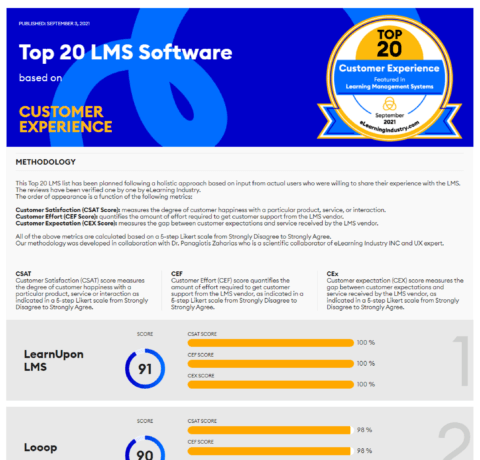The How YouTube Increases Classroom Pass Rates Infographic presents the benefits of Youtube in classrooms as well as ways for teachers to incorporate Youtube in their lessons and keep their students engaged.
5 Benefits of Youtube in Classrooms
- More engagement from students. Instead of looking at a picture of Mount St. Helens erupting, students who are shown videos are much more likely to actually remember the event.
- Educational lessons can be shared across the globe, not just in one classroom from one teacher.
- Videos can supplement lessons for students who may learn at a slower pace, or who just want to go more in depth.
- Teachers can spend more time focusing on each student, instead of the lesson at hand.
- Teachers will have a library of information to choose from after teaching the first year with video supplementation.
3 Ways for Teachers to Incorporate Youtube
- If you are teaching a literature class, use short clips of a play to go along with acts of a book you are reading.
- If you are teaching a history class, instead of explaining a moment in history, show your students video.
- For younger students, teaching spelling and other languages to go along with catchy songs is a sure way to trigger their brains to remember.
Youtube for Schools
In 2011, YouTube for schools was introduced, allowing teachers to have access to the social channel, with non-educational videos still being blocked for the students. It is an opt-in program with hundreds of thousands of videos, including those from PBS, TED, and Stanford. One must have a school issued email address to register.The content is completely customizable. Schools have complete access to the EDU content, and can add other videos which they feel are appropriate for what is being taught. Videos contain no comments from other users and can only be linked to other educational videos.
5 Tips for Finding Quality Videos
- Look for videos 10 minutes in length or less. These will keep the students' attention without being too long.
- Check out the YouTube education channel to search by subject. This is mostly university level content.
- Watch the video all the way through before choosing to show it to students.Far too many videos are good in the beginning, and then very bad in the end.
- Search channels of respected sources, instead of doing just a general search.
- Some may find it easy to use a video to replace their lesson. Instead, try to find videos to complement your lessons.
Keeping Students Engaged
- Have students take down a few important points during the video, so you know they are paying attention.
- Call on random students, so they know there is still responsibility on their part to learn.
- Only call on volunteers after you have chosen three or more students.







You can adjust your cookie preferences here.